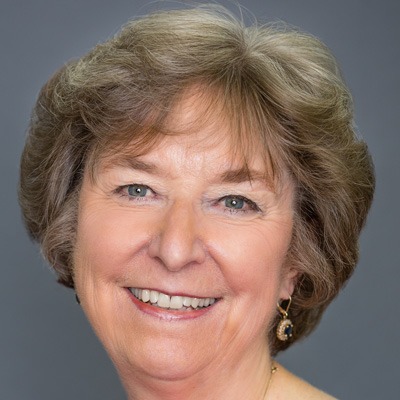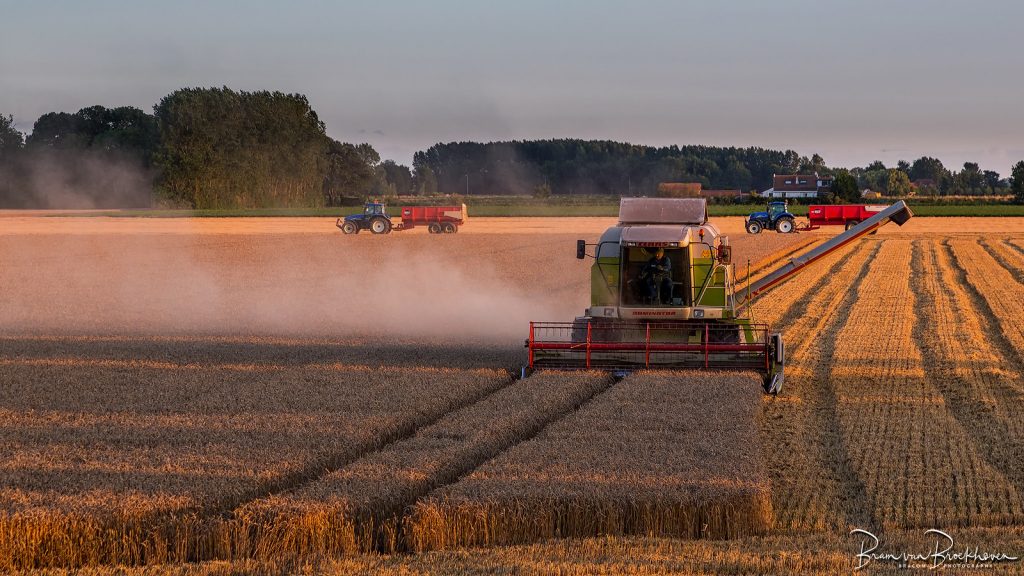CAST to Release Comprehensive Paper on FIFRA and ESA at the CropLife & RISE Regulatory Conference
Written by Bernalyn McGaughey, President and CEO of Compliance Services International, a CAST sustaining member.
Benjamin Franklin included a version of this proverb, sometimes cast as a rhyme, in Poor Richard’s Almanac (June 1758), but it appears in many cultures and languages throughout time. It has been used as a reminder to troops, an encouragement to those providing support to a “larger cause,” and as a chastisement on skipped details. In case you haven’t read it, Franklin’s version is
For the want of a
nail the shoe was lost,
For the want of a shoe the horse was lost,
For the want of a horse the rider was lost,
For the want of a rider the battle was lost,
For the want of a battle the kingdom was lost,
And all for the want of a horseshoe-nail.
As the founder and continuing President of Compliance Services International, I’ve often thought that as a company, we’re in the nail business. We are a small company serving the regulated chemical sector, primarily in the registration and defense of crop protection and other pesticide products. This means that we are for the most part assisting companies that are tremendously bigger than we are. But we bring some very important talents and experience – the nails that keep a loose shoe on – to our clients, both scientifically and strategically as we assist them with regulatory and scientific challenges.
Over the nearly 33 years of Compliance Services operations, we have been brought some interesting questions and applied some novel and ultimately successful approaches to answering them. When a person or team has had the opportunity to see, over time, the connections between “the nail” and “the kingdom,” it becomes easier to keep learning, keep exploring, and keep adopting new tools and strategies.

For example, very early in CSI’s history, pesticide data requirements included field-scale mesocosm testing but the variability and sheer volume of data provided by such tests very often complicated interpretation of effects rather than clarifying them. However, at that time, field tests of various design were in their prime and computer power and speed meant that environmental computer modeling was just an infant. In that setting, CSI was asked how to resolve some mesocosm study interpretation differences between the regulating agency and the regulated client. An emerging technology had the promise of bringing a new dimension to the science of risk assessment: use of remotely sensed data. At that time, the applications for such data were just emerging, and the first expert in it that we engaged (whose experience was in polar and ocean monitoring) gave us some surprising answers that to us, who had been in agricultural settings, just couldn’t fathom. Remotely sensed data of the type we were using (and had access to at the time and state of its development) did not have “pre-packaged” interpretation – one had to write their own algorithms to extract the desired data out of it. And it turns out that the expert had “mined” spectra that not only identified bodies of water but also . . . cloud shadows! However, the combined knowledge of his remote sensing skills and our agronomic experience produced the first forays, from a regulatory perspective for pesticides, into data that are now heavily depended upon for on-farm and environmental modeling and monitoring.
Remotely sensed data can now be processed at speeds that allow the aggregation of facts in ways that support complex environmental interactions, crop monitoring, land use and a long list of other “supporting roles.” Cloud computing and the generation of data points at multiple levels of “remote sensing” — from data collected while a tractor crosses a field to those from a satellite crossing over Iowa — combine to produce “big data.” In a regulatory setting, we are just learning what “big data” can do with respect to risk or impact analysis. The ability to model the environment to predict outcome of a given action has grown immensely but there are opportunities to simulate the environment much more accurately and in a more complex way than we do now. Like any opportunity, the benefit is accompanied by risks. For big data and environmental simulation, one risk is overlooking the importance of “the nails.” The data itself become the organism and in absence of revisiting underlying data and assumptions, if the organism functions, underlying data may not be of the expected quality or yield. If it is not, then the reliability of predictions made with it can suffer. The danger is, that as the pace of analysis speeds up, we lose time and ability to fact-check the quality of the outcome of a given model’s prediction. In almost an opposing way, the individuals living with “the nails” see and experience details surrounding them in a way that brings wisdom. We cannot (yet anyway) transfer that wisdom to the virtual platform.

We also cannot fully overcome fears that “the nails” will be incompletely used or at worst, misused. For example, in our business’s regulatory setting of evaluating pesticides with respect to achieving their registration and safe use, one issue we deal with is the potential risk pesticide use may have on species listed by the Endangered Species Act. To do this, we now have processed, remotely sensed data from commonly used and relied upon datasets, such as USDA’s Crop Data Layer, which is based on a 30-meter resolution. That can be enhanced on a case-by-case basis by tapping into data from newer satellites with resolutions as high or higher than mere inches. On the species side, however, both the regulator and the regulated community are often perplexed by definition of relationships, or trying to understand them in a modeled environment, because there is legitimate fear in building data on species location that in turn may lead to poaching or unlawful collection of rare species. This is where the local wisdom and relationships between land use – specifically, crop production – and conservation become critical, yet how are those details and very site-specific relationships and decisions captured? Those too are the nails, and without them, decisions are not as well-informed as they might or should be.
So, what am I saying with this? If I go back to the poem, there is a pyramid: nails on the bottom, lots of them in lots of sizes and roles. Collectively, they support the next levels, the horse, the rider, the battle, the kingdom. Our world of working to address pesticide regulation is closely tied to the success of modern and efficient American agriculture. In that sense, agriculture is “the kingdom.” If the nails are the data, the horse is the data delivery platform or model, the rider the operator of a model, and the “battle” is the activity that determines how regulatory endpoints are met, then when we get to each of those successive levels, to enhance and maintain the successful operation of the “kingdom,” we need to ensure the data (“nails”) don’t lose out on the wisdom of collective knowledge – not just collected data. Regulatory science is shifting more and more toward answering hazard, exposure and risk concerns by relying on modeling. In doing so, we need to be sure underlying data is informed by the wisdom of those who operate in the reality of the challenges confronted in sustainable crop production, because at this point, our data sources and models using them are missing those “nails” and therefore potentially setting a standard for over-regulating agricultural practices based on incorrect or unrefined model outcomes.
Your donation to CAST helps support the CAST mission of communicating science to meet the challenge of producing enough food, fiber and fuel for a growing population. Every gift, no matter the size, is appreciated.